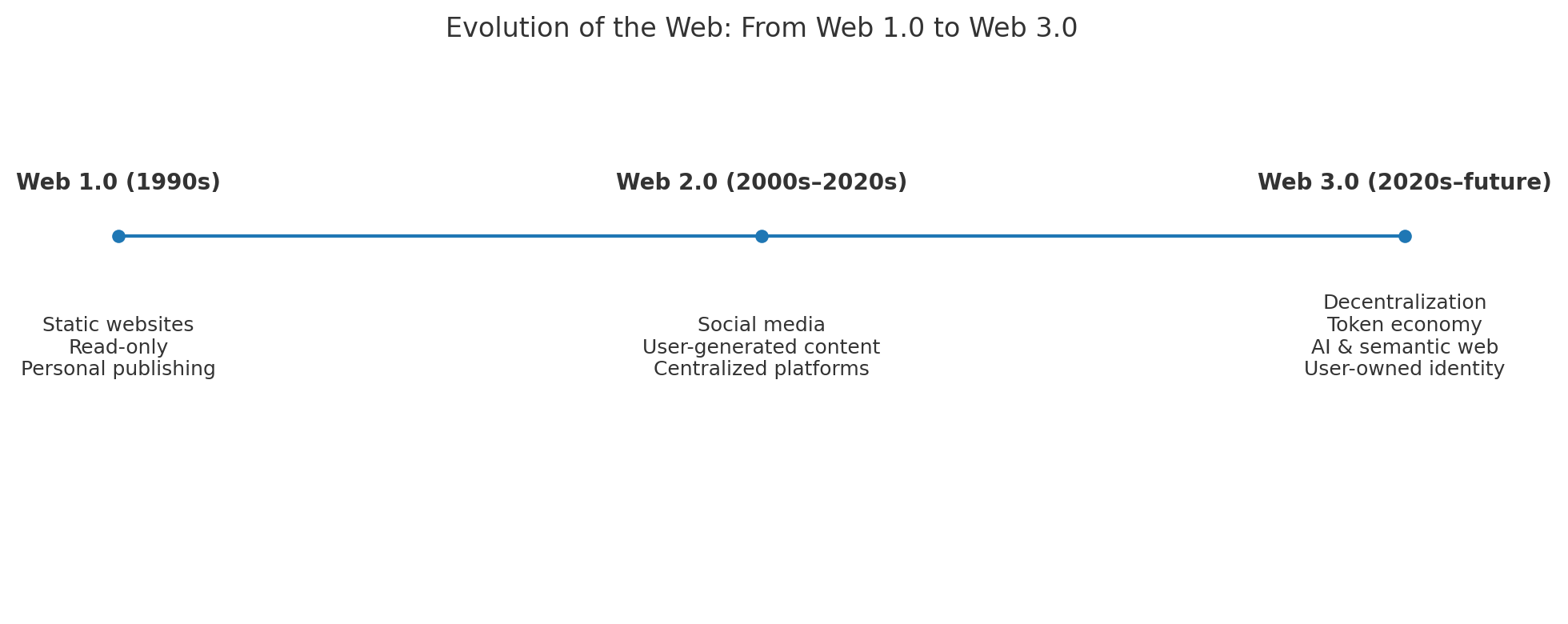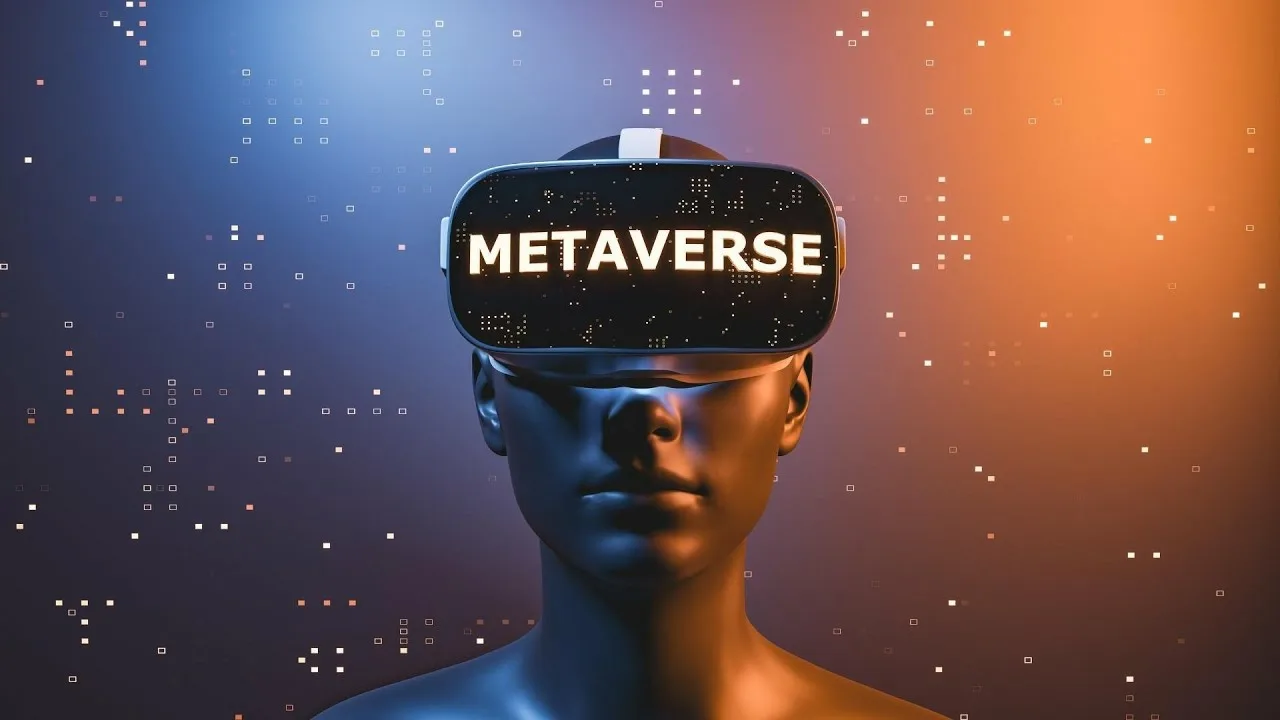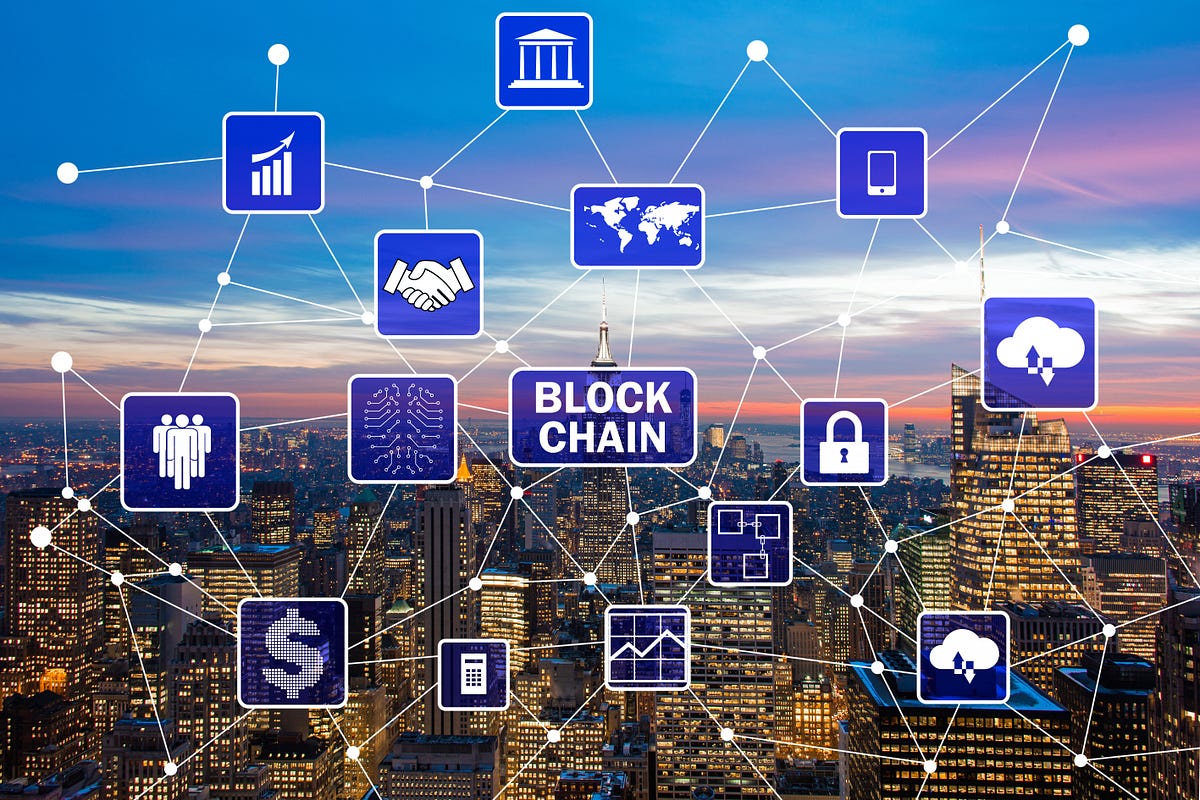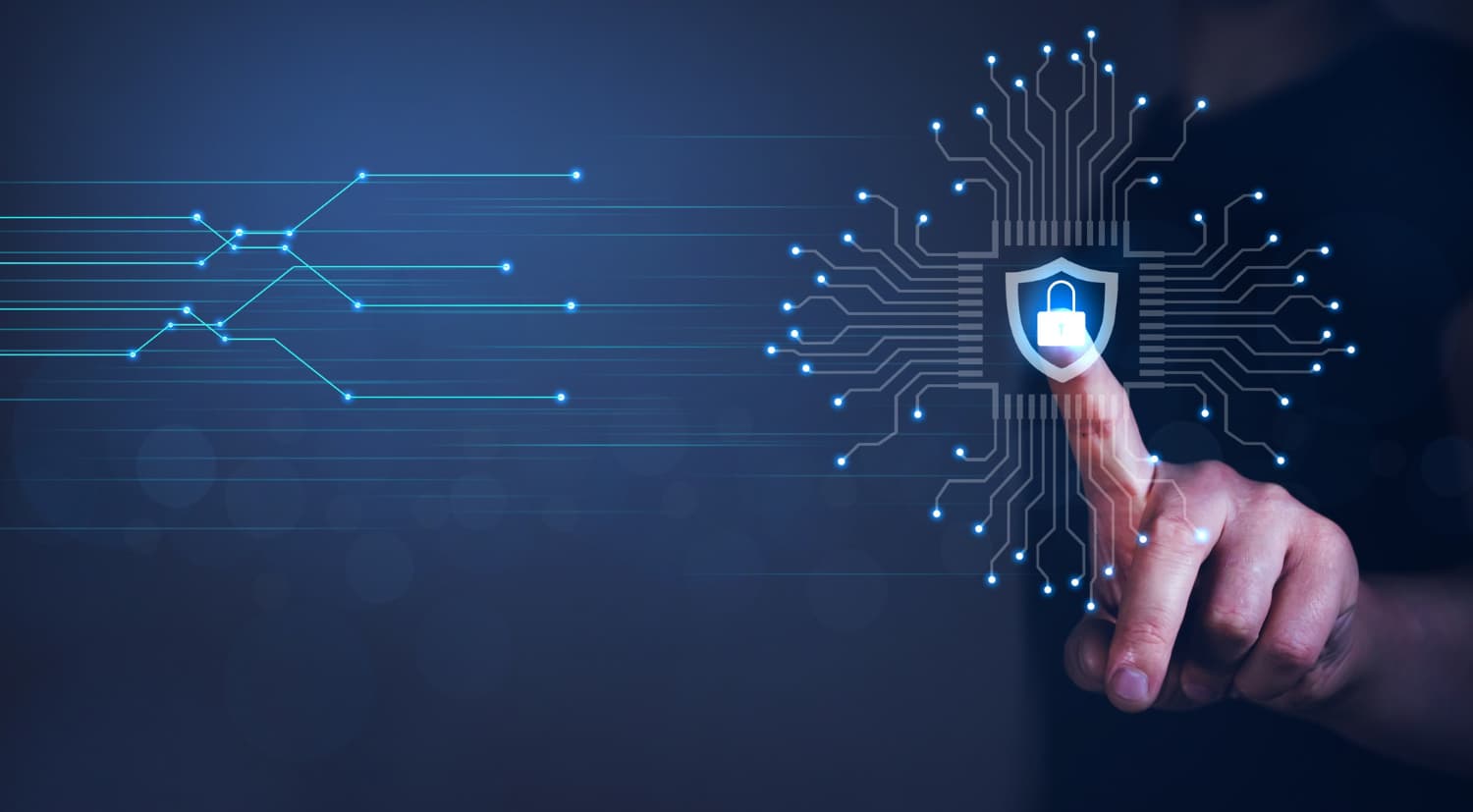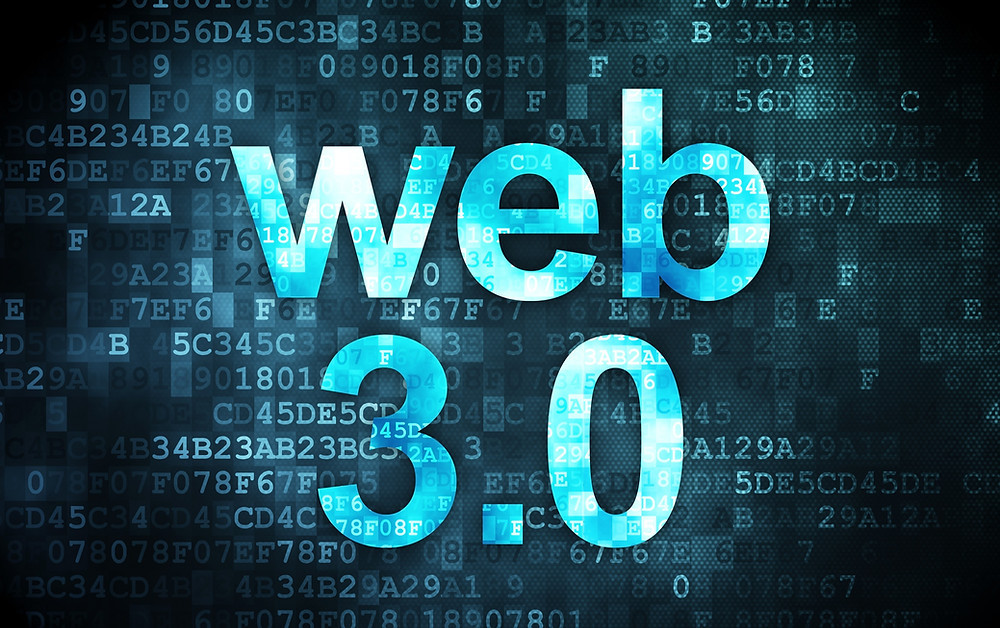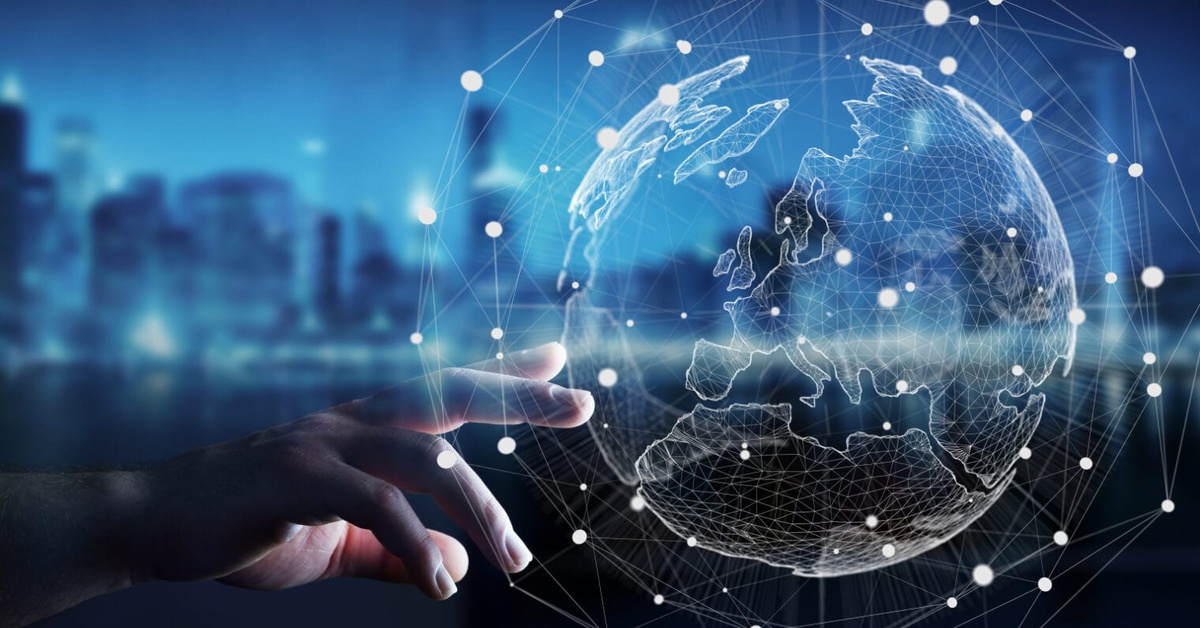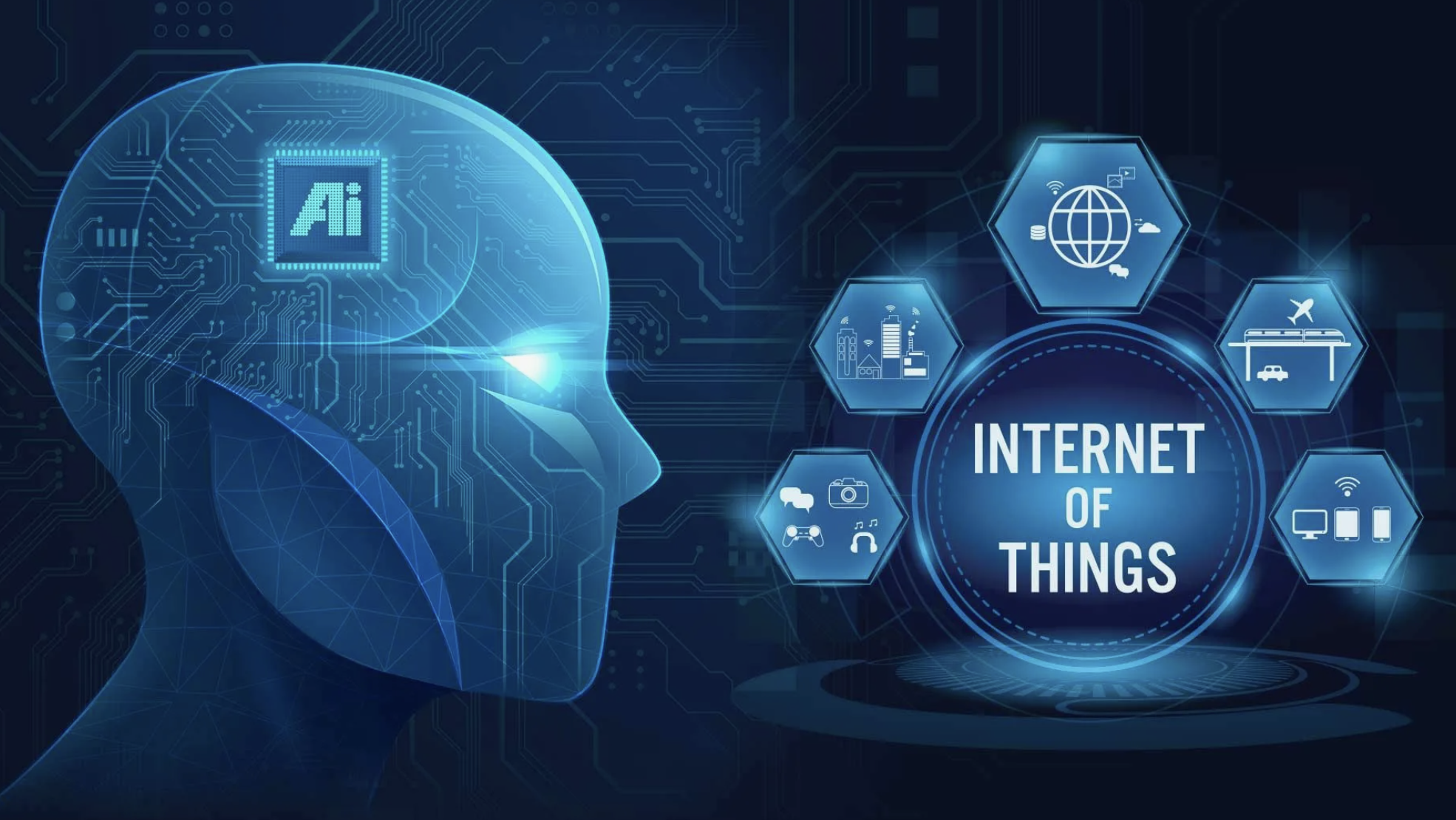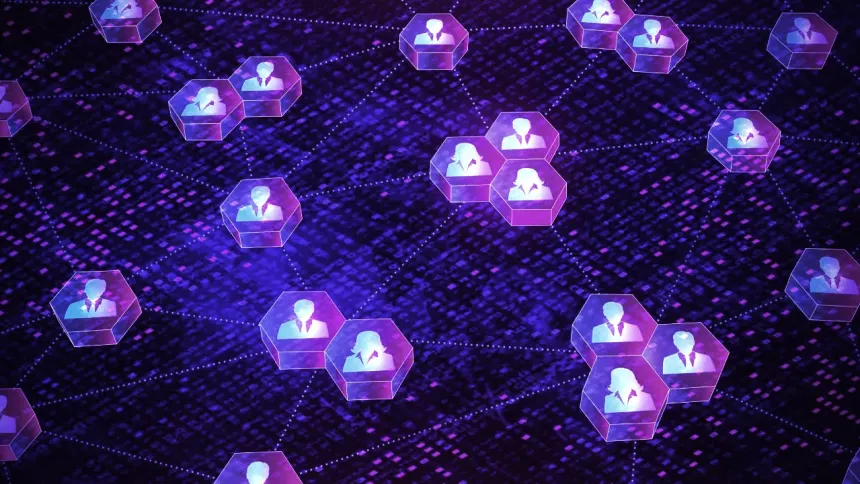The Evolution of the Web: From 1.0 to 3.0
To understand Web 3.0, it helps to take a step back and see how the web has changed over the decades.
Web 1.0 – The Static Web (1990s)
-
Websites were simple, read-only HTML pages.
-
Users were passive consumers of content.
-
Communication was one-way, from publisher to reader.
Web 2.0 – The Social Web (2000s–2020s)
-
Rise of platforms like Facebook, YouTube, and Twitter.
-
Users became both consumers and creators of content.
-
However, large tech companies centralized control over data, monetization, and access.
Web 3.0 – The Decentralized Web (2020s–Future)
-
Built on blockchain and decentralized technologies.
-
Aims to give users ownership over their data, identity, and digital assets.
-
Focus on trustless systems, AI-assisted interactions, and transparent governance.
What Makes Web 3.0 Different?
Web 3.0 isn’t just a rebrand—it introduces fundamental shifts in how the internet operates. Here are its core pillars:
1. Decentralization
Instead of relying on centralized servers owned by corporations, data and applications live on peer-to-peer networks (like blockchains). No single entity controls access.
Why it matters: Less censorship, more user control, and greater resilience against outages or manipulation.
2. Ownership via Tokens
Web 3.0 introduces digital ownership using tokens (fungible and non-fungible). These can represent anything from art (NFTs) to voting rights in a DAO (Decentralized Autonomous Organization).
Example: On a Web 3 social platform, you might earn tokens for contributing content, giving you a stake in the platform itself.
3. Self-Sovereign Identity
With Web 2.0, your identity is fragmented across services and owned by platforms. In Web 3.0, identity is stored in a digital wallet you control.
Benefit: You decide which apps can access your data, and you can port your profile across platforms without starting over.
4. Smart Contracts
Smart contracts are self-executing agreements written in code, running on blockchains. They eliminate the need for intermediaries in transactions.
Real-world use: Instead of using a centralized gig platform that takes a cut, freelancers could get paid directly through a smart contract.
5. AI and Semantic Web
Web 3.0 isn't only about decentralization—it’s also about smarter web experiences. AI can analyze user behavior and context to deliver more relevant content, without exploiting data privacy.
Use Cases Already Taking Shape
Here’s how Web 3.0 is being applied today:
| Area | Web 3.0 Example | Why It’s Game-Changing |
|---|---|---|
| Finance | DeFi platforms like Aave, Uniswap | Peer-to-peer lending, no banks needed |
| Social Media | Lens Protocol, Farcaster | Users own content and followers |
| Gaming | Axie Infinity, Sandbox | Earn real value from in-game assets |
| Art & Media | NFTs on OpenSea, Foundation | Artists get royalties automatically |
| Identity & Access | ENS (Ethereum Name Service), Worldcoin | Single, portable digital ID |
Challenges and Criticisms
Despite the excitement, Web 3.0 isn't without problems:
-
Scalability: Blockchains are slower and more expensive than centralized systems (though Layer 2 solutions are improving this).
-
UX barriers: Wallets, gas fees, and key management can confuse newcomers.
-
Regulation and security: Without oversight, scams and exploitation are common.
The Web 3.0 ecosystem is still maturing, and many of its boldest ideas are experimental. But so were Web 1.0 and 2.0 in their early days.
Looking Ahead: Web 3.0 and the Future of the Internet
Web 3.0 represents more than just new tools—it’s a movement toward a fairer, more user-empowered internet. Whether you’re an artist, developer, entrepreneur, or everyday user, this shift offers opportunities to own your data, earn from your contributions, and shape the services you use.
Key Takeaway:
Web 3.0 won’t replace the current web overnight, but it offers an important vision for where we could go—an internet that’s not just smarter and more connected, but also more ethical and user-owned.
If you want to future-proof your digital presence, now is a good time to explore decentralized platforms, understand crypto wallets, and follow the builders shaping tomorrow’s web.
